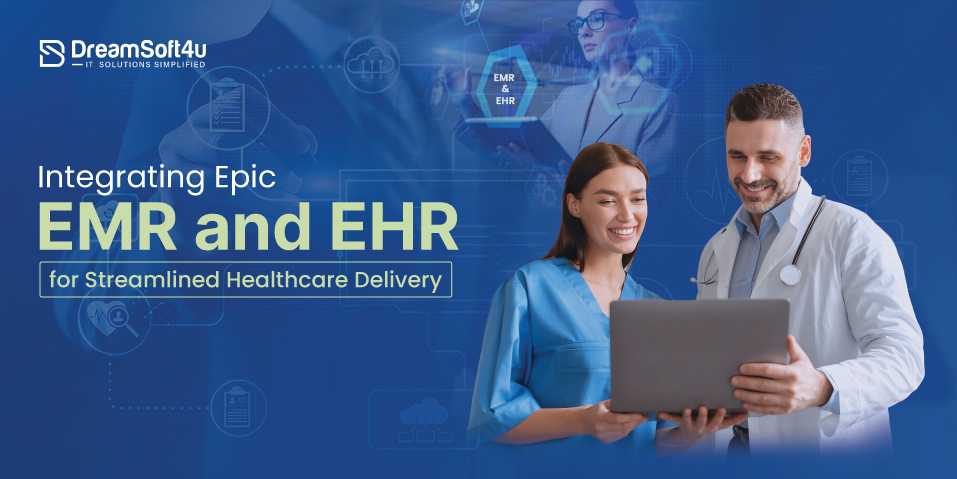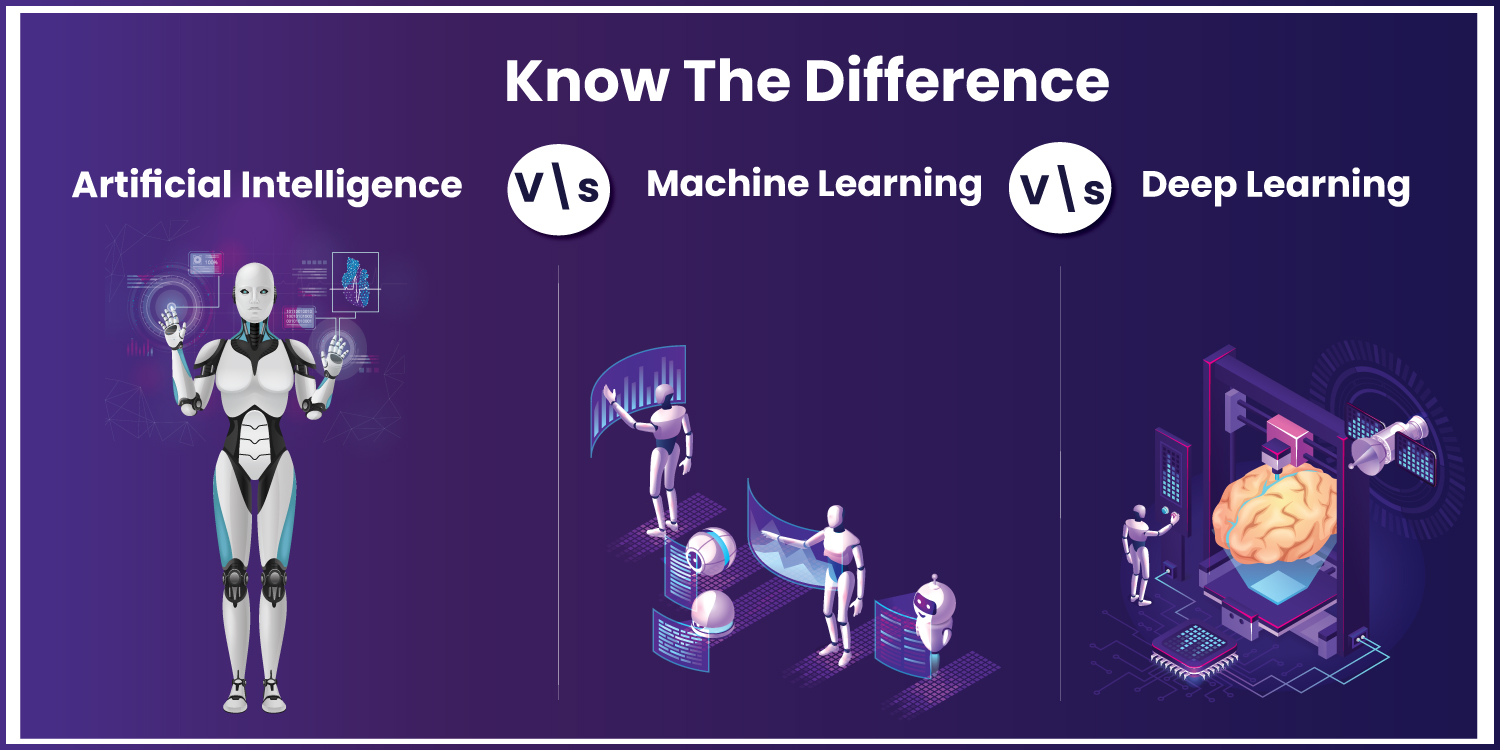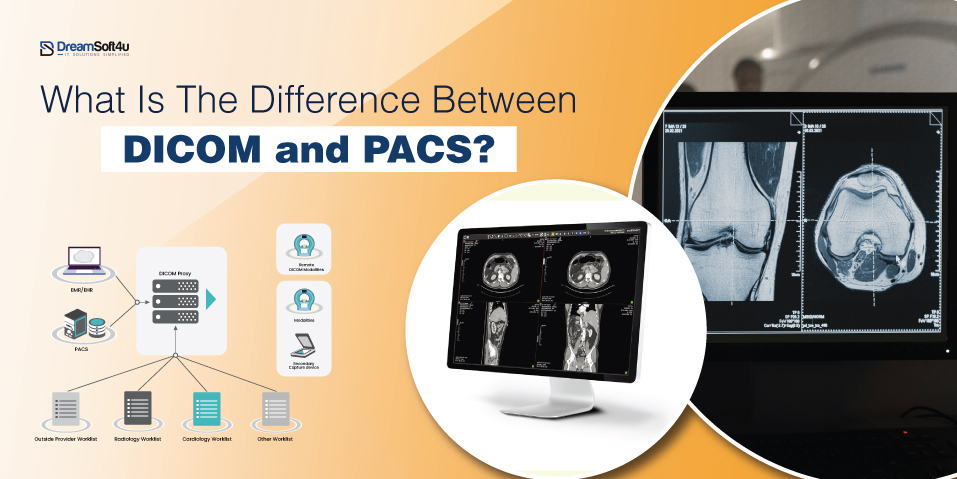EMR and EHR integration is important to facilitate streamlined care processes by merging Epic’s EMR and EHR systems. This integration allows healthcare professionals to gather complete patient data at one location, improving their choices and care results. Epic’s powerful tools make work easier and decrease the task of administration. When systems for patient records and healthcare management cooperate efficiently, healthcare staff can obtain treatment plans in minutes.
Resolving integration requires connecting different software applications to ensure effective data sharing between care teams. This reduces mistakes linked to dispersed data and keeps everyone informed. Joining Epic EMR and EHR increases operational efficiency and helps healthcare staff direct their attention more towards patient care. With the ongoing evolution of healthcare, this integration will ensure outstanding service delivery and the patient’s feeling of value.
Table of Contents
ToggleWhat is Epic EMR?
It is a cloud-based EHR solution catering to a number of specialties. The software is in use across a broad range of practices, from community hospitals and independent practices to multi-specialty hospital groups and hospice care providers.
Epic is an electronic medical record system (EMR) and a world leader in providing hospitals with enterprise solutions for inpatient and ambulatory clinical, departmental, access, revenue cycle, and practice management functions.
It offers the standard range of ‘core’ EHR features, and practices can add modules depending on specialty. Epic has a strong focus on patient engagement and facilitating remote care.
What is Epic Software Used For?
In the healthcare industry, healthcare providers often select Epic software to oversee electronic health records (EHR) and boost patient care. The software simplifies clinical processes so that healthcare professionals can easily retrieve and distribute patient data. It assists with scheduling and payment management and retains accurate patient information. Its features improve interaction between care teams and increase patient involvement.
The software promotes adherence to healthcare standards. With user-defined features, Erica addresses the demands of small and large hospitals and health systems. As a key instrument, it supports the aim of offering exceptional care tailored to the needs of patients in our quick-moving healthcare realm.
EMR Integration Challenges
Integrating electronic health record systems (EHR) into healthcare operations has several challenges. Let’s explore some of the most common ones
1. Technical Challenge
While health data sharing is becoming common, integrating an EHR system can be more complex than simple data transmission. Some of the key technical challenges include:
- Data Interoperability
- Standardization
- Data Security
- Privacy Compliance
- Workflow Integration
To integrate with EPIC, systems need to display third-party data in the EHR interface. This involves using technical tools like APIs or configuring the software for data sharing, ensuring seamless access to relevant information.
Today, healthcare IT regulators are increasingly pushing for common rules that allow digital health tools and EHR systems to easily share health data. As a result, the technical hurdles should become less of a problem in the future.
2. Data Compatibility
One major challenge of EMR integration is data compatibility. Since data is stored in varied formats, seamless integration becomes almost impossible. The best way to overcome this challenge is by converting the available data into a widely known format that all systems can comprehend easily.
3. The Integration Cost
The EPIC and EMR Integration process is costly as several factors are required, such as the cost of hardware, software, licensing, and overall services provided. Some significant factors affecting the integration cost are the overall size of a healthcare clinic, the difficulties and complexities of already existing systems, and the required customization.
4. Getting Security Protocols Right
Security and safeguarding are two major factors when you talk about EMR integration. Ensuring all available information is 100% safe and secure is vital. Additionally, it must be available to only authorized users. As a result, getting security protocols right becomes a necessity to safeguard all information.
5. Administrative Challenges
Administrative challenges arise from a lack of consensus among key players in healthcare, such as health systems, insurers, and vendors. They hesitate mainly because integrating third-party sources can be tricky.
There is always the possibility of overwhelming the EHR interface with too much data, work lists, and alerts that could disrupt clinicians during patient visits.
Many commercial and consumer platforms solve this problem by letting users customize their interfaces. This way, users can get the alerts and information that matter most to them. Health systems can do the same to tailor the user experience to their specific needs, all while taking advantage of the EHR’s many features, data sources, and analytical capabilities for smooth integration.
6. Privacy and Security Challenges
Integrating EHR systems comes with inherent privacy and security challenges, primarily governed by HIPAA regulations and state privacy laws. Organizations often need to establish HIPAA-compliant agreements when collaborating with third parties to uphold these standards. These measures are crucial for protecting patient data, and promoting efficient and secure data sharing among healthcare systems.
Secure patient data and improve workflows with Epic EHR Integration.
Our experts can build a cost-effective solution
Reasons to Integrate with EPIC EMR/EHR
1. Improved Patient Care
Patients are the most critical aspects of the healthcare industry. Platforms with EPIC EMR and EHR integrations ensure the patient’s data is updated, easily accessible, and accurate. This results in more accurate diagnoses, better patient outcomes, and excellent treatments. Once the EPIC EMR/EHR is integrated successfully, patients can schedule appointments, access their medical records, and communicate with healthcare experts, resulting in improved patient care.
2. Interoperability Among Healthcare Networks
Since patients explore different labs, hospitals, and specialists, these systems should be able to communicate effectively. Through EPIC EMR/EHR, the patient’s data and information can be transferred easily across different networks. It contributes towards a more collaborative care environment and eliminates information silos.
3. Streamlined Clinical Process
Once the EPIC EMR/EHR is integrated, it reduces the chances of errors in manual tasks, and simplifies overall clinical workflow. For example, a patient’s prescription will be sent to the lab and pharmacies to get results in real time without any wastage. This systematic platform ensures that healthcare experts can completely focus on their patients.
4. Data-driven Decision Making
Providers can easily analyze ongoing trends and outcomes using the EPIC EMR/EHR reporting and analytics tools. As a result, healthcare clinics are always on the hunt for cost-saving opportunities, areas for improvement, and best practices.
5. Regulatory Security and Compliance
In the healthcare sector, patient security is the most vital factor. The EPIC EMR/EHR makes sure that the patient’s personal information and sensitive data are secured and safeguarded. Additionally, its feature ensures that healthcare providers comply with regulations.
Step By Step Process To EPIC EHR
Here is the step-by-step process for EPIC EMR/EHR:
1. Designing
In the first step, an outline is formulated to specify different data types an app will handle. It is important to clearly state boundaries to get in-depth details required within these data sets.
2. Developing
Once a clear blueprint is made, the next comes the development stage. The API key is the most important, which acts as the key to the EPIC EMR/EHR. All endpoints are tested using the REST clients to ensure the required functionality is crucial. The development stage ensures that the core functionalities and the design align well.
3. Testing
Once the development process is completed, it’s time to test the integration in real-time and actual world circumstances. During the testing phase, all aspects of the integration are evaluated closely. All discrepancies are fixed at this stage, ensuring you get the best final outcome.
4. Connecting
After the testing stage, it’s time to make the integration live, including API calls with all necessary endpoints in your application’s infrastructure. Now, the overall design has turned into reality within your application. As a result, it starts to connect and interact with the EPIC EMR/EHR.
5. Implementing Stage
In this stage, you will have to deploy the EPIC EMR/EHR integration on a broader and much larger scale, promising smooth and hassle-free functioning. Once you have made all necessary adjustments, it’s time to harness the advantages and power of the EPIC EMR/EHR system.
The Benefits of Epic EMR/EHR Integration
With the escalating technological advancement and increasing awareness of the patient’s comfort, Epic Integration is the vital demand in the market.
Some Epic Benefits of EMR Integration are listed below:-
1. Facilitate patients to easily access their records
Patient comfort and satisfaction are at the top of the list of Healthcare service providers as the crucial point to growing their business. Epic EMR Integration Challenges allows the patients to easily access their records and reports earning the trust and satisfaction of the patients.
In the case of emergencies, the data transfer facility from one hospital to another in no time is a big plus.
2. Saves employees’ time and efforts
Epic Integration makes it easier and effective to manage and operate the internal management process without any hassle. Simultaneously, all the of the below given processes can be reduced and simplified in lesser time. Hence, saving the efforts of the employees.
- Invoicing,
- Billing,
- Data storage,
- Offering data management,
- Enabling data sorting,
- Data transfer, etc.
3. Better and quick treatment
Physicians can quickly know each patient’s health problems and any allergies they may have. With such detailed information, patients can be treated better and efficient and the quick treatment results in quick healing.
4. Financial benefits
According to a case study published in The American Journal of Medicine, EMR users saved on office expenditures, improved the recording and reporting of billing services, improved efficiency in radiologic diagnostics, and decreased billing errors. Also, reduced operational costs such as transcription services and overtime labour expenses and the amount are considerable.
5. Confidentiality maintained
Epic integration developers are supposed to follow HIPAA compliance for data security. The patient’s data and information confidentiality must always be kept under secrecy, it is made sure that no data breaching happens at any stage of the data transferring process.
6. Error reduction in data
Manual data management possesses a high probability of error in data retention while Epic integration reduces the error probability effectively. Advanced error detection systems automatically detect typos and retention errors. Furthermore, it give the feasibility to edit the data easily and securely.
Along with these benefits, the Epic EMR Integration Challenges system enhances the experience of healthcare service providers and the service takers by saving their time, maintaining transparency and earning the satisfaction of both groups. If you are a healthcare institution or service provider, you should consider adopting the Epic EMR Integration Challenges system to take your business to new heights.
SMART App Integration with Epic
SMART on FHIR is a platform built on the HL7 FHIR standard, designed for developing secure and seamless healthcare applications. It allows developers to integrate these apps with major EHRs and various critical healthcare systems, including Electronic Health Records, Health Information Exchanges, and portals.
How a SMART on FHIR App Works in Epic
Epic EHR, like others, can work with SMART on FHIR apps. In Epic’s Hyperspace software, users can easily start using third-party SMART on FHIR apps within the same interface. It’s simple to set up and can be accessed from the menu or the left navigation bar.
While incorporating the SMART on FHIR app, an authentic token for access to the FHIR server, along with the FHIR server URL is offered to the third-party app developer. The third-party App developer can query the authorized patient’s data from the FHIR server. Moreover, they can use it in the SMART on FHIR app. For the user, the SMART on FHIR App is shown in an iFrame within the Hyperspace application.
Integrating SMART App with Epic
Integrating your app with Epic is a breeze and happens right on the Epic user platform. You start by registering your app at Epic’s App Orchard store. This process connects two important concepts in Epic, so let’s take a closer look:
AppOrchard
Epic has its own App Store called App Orchard. It’s the place where you can share SMART on FHIR apps that patients or providers can use. App Orchard also serves as a hub where developers can access Epic’s APIs, showcase their apps, and make them available for the Epic community.
MyApps
MyApps is a feature within Epic that lets healthcare professionals and developers access, test, and manage applications and integrations in the Epic EHR. It’s a way to use third-party apps, test integrations, and adjust app settings. If you want to test an app separately, you’ll need to do some coding and sign up with MyApps to get a unique client_id for your code.
Keep these points in mind as well:
- When integrating the SMART on FHIR app, the developer is provided with an access token and the FHIR server URL.
- To the end user, the SMART on FHIR App is presented within an iFrame in the Hyperspace application.
- With these, the third-party app developer can access authorized patient data from the FHIR server and make use of it within the SMART on FHIR app.
We at Dreamsoft4u provide end-to-end solutions to Epic EMR Integration Challenges. Simultaneously, we also provide full support for existing applications running with the Epic EMR interface.
Conclusion
Joining Epic EMR and EHR systems is crucial to creating efficient healthcare practices. This link boosts the availability of important patient data, enabling healthcare providers to respond quickly and make informed choices. Joining these systems allows groups to enhance teamwork and lessen clerical tasks. The outcome leads to a smoother workflow that reduces mistakes and enhances patient treatment. With the advancement of healthcare systems stands the key partnership of Epic EMR and EHR that will ensure patients receive efficient and timely care. Accepting this collaboration will take a major leap toward a better and more focused healthcare system.
FAQs
Q1. How is EPIC EMR/EHR different from other EHR systems?
EPIC EMR/EHR is known for its excellent features, commitment, and scalability. Additionally, the highly advanced analytical tools and user-friendly interface make it a popular system. It also offers its users extensive customization options, making it a preferred choice for most healthcare clinics and experts.
Q2. What factors impact the overall time of the EPIC EMR/EHR integration process?
Some major factors that impact the overall time of the EPIC EMR/EHR integration process are the overall size of a healthcare clinic, the difficulties and complexities of already existing systems, and the required customization. On average, developing this integration successfully may take around 6-8 months or even a year.
Q3. How does the integration process work?
The integration process involves connecting different software applications to allow seamless data sharing. This typically includes configuring interfaces and ensuring that patient information is updated in real-time across both systems.
Q4. Can smaller healthcare facilities benefit from Epic integration?
Yes, smaller healthcare facilities can benefit from Epic integration. The customizable features of Epic software make it suitable for various healthcare settings, improving efficiency and patient management regardless of size.
Q5. What challenges might arise during the integration process?
Common challenges include data migration issues, system compatibility, and resistance to change among staff. Proper planning, training, and support can help address these challenges and ensure a successful integration.






















